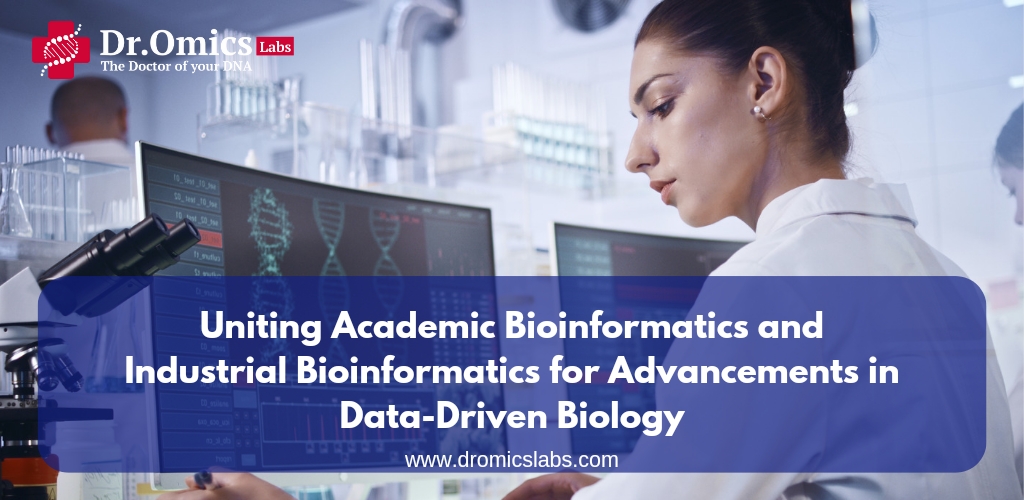Biological networks play a crucial role in understanding complex biological systems, discovering disease mechanisms, and identifying potential therapeutic targets. With the explosion of biological data, including biomolecule interactions and genomic information, there’s a growing need for robust algorithms to analyze these networks effectively.
Deep Learning: A Powerful Approach
Deep learning, a subset of machine learning, has gained prominence due to its ability to extract abstract features from large datasets. By constructing artificial neural networks with hierarchical structures, deep learning can process input information layer by layer, leading to powerful representation learning. In the context of biology, deep learning has found applications in various areas:
- Biological Sequence Data Analysis:
- Predicting splicing patterns, DNA/RNA targets of regulatory proteins, and protein secondary structures using deep learning models .
- Leveraging sequence data to uncover hidden patterns and functional elements.
- Medical Image Analysis:
- Deep learning algorithms analyze biomedical images (such as X-rays, MRIs, and histopathology slides) for disease diagnosis, tumor detection, and treatment planning.
- These models learn to identify subtle features that might be missed by human experts.
- Drug Discovery and Protein–Drug Interactions:
- Deep learning predicts protein–drug binding kinetics, aiding drug development and personalized medicine.
- Identifying potential drug candidates by analyzing molecular interactions.
- Text Mining and Literature Analysis:
- Extracting relevant information from scientific literature, patents, and medical records.
- Deep learning models can summarize research articles, identify novel associations, and prioritize relevant studies.
- Graph Neural Networks for Biological Networks:
- Graph neural networks (GNNs) handle complex, heterogeneous, and interconnected biological networks.
- Applications include protein–protein interaction networks, gene regulatory networks, and metabolic pathways.
Challenges and Future Prospects
Despite these advancements, challenges remain:
- Data Quality: Deep learning models heavily rely on high-quality data. Noise, missing values, and biases can impact their performance.
- Interpretability: Understanding why a deep learning model makes specific predictions is essential, especially in biology.
- Generalization: Ensuring that models generalize well across different biological contexts.
In the future, we can expect further integration of deep learning with other omics data (such as proteomics and metabolomics), improved interpretability techniques, and novel applications in personalized medicine and drug discovery.
In summary, deep learning holds immense promise for unraveling the complexities of biological systems, and its continued development will drive breakthroughs in understanding health, disease, and life itself.
References:
- Jin, S., Zeng, X., Xia, F., Huang, W., & Liu, X. (2021). Application of deep learning methods in biological networks. Briefings in Bioinformatics, 22(2), 1902–1917
- Ten quick tips for deep learning in biology. PLOS Computational Biology, 18(3), e1009803
- Leung, M. K., Delong, A., Alipanahi, B., & Frey, B. J. (2014). Machine learning in genomic medicine: a review of computational problems and data sets. Proceedings of the IEEE, 104(1), 176–197
- Applications of Machine Learning in Biology. Kolabtree. https://www.kolabtree.com/blog/applications-of-machine-learning-in-biology/.




